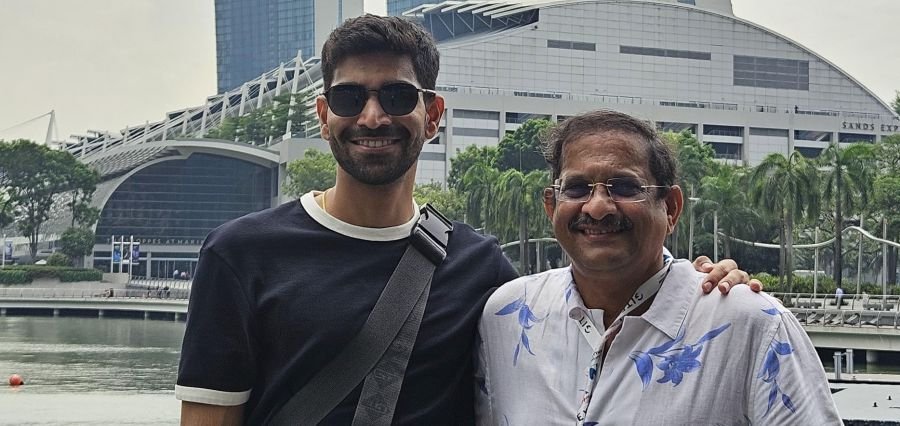There is a platform that binds the world, starting from the earliest form of civilization. It is the web that has connected and is still connecting the world at large and that is the art of translation.
Even though “translation” has been, and still is the backbone of intercultural and interlingual connectivity, it has had its setbacks and dire consequences.
Language is an extremely complicated means of communication, and not properly used; it may be the reason for many misunderstandings among individuals and groups of people.
An excellent example of such dire consequences was the Hiroshima bombing when prime minister Suzuki responded with the word “mokusatsu” literally meaning to kill with silence whereas, depending on the context, it means merely No comment.
Another good instance is one that happened in 2006 when the then president of Iran, Mahmoud Ahmadinejad called for Isreal to be “wiped off the map.” when in actual sense, what he said was for the then regime occupying Jerusalem, must vanish from the page of time.
The minor understanding of local cultures and not accurate translation may lead to severe money loss and campaign failure if the business is tending to spread globally. A good example of this is a fiasco of the Coca-Cola campaign in The Middle East. The advertisement showed the short comic where the first frame showed an exhausted man laying on the send, the second frame was him drinking the coke, the third was the same man active and energized running through the desert. This is what the western consumer was supposed to see, but the consumer from the Middle East has seen the opposite picture as they read not from left to right, but from right to left.
For more misunderstandings caused by bad translation and not understanding the local culture see the infographic provide by Lighthouse


















